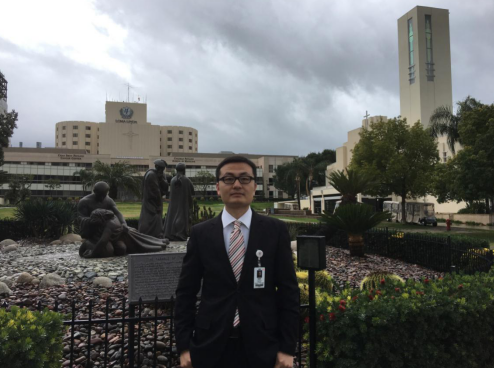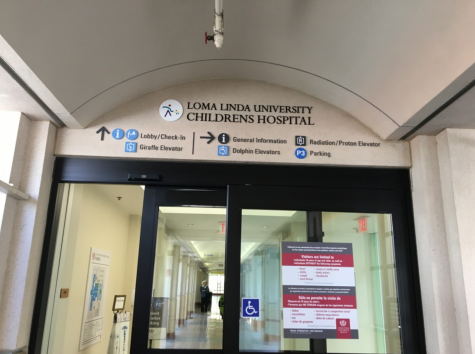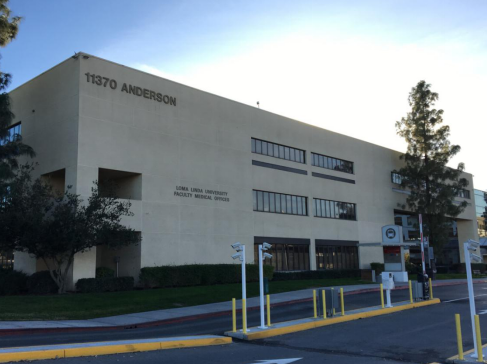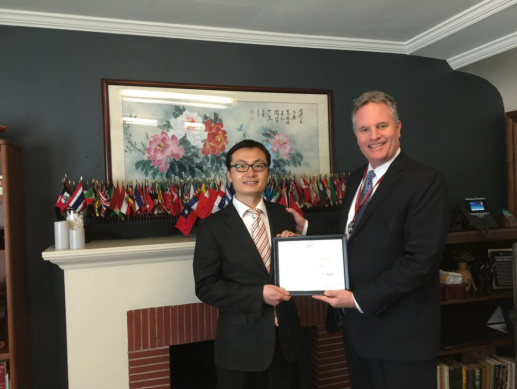My Learning Experience in Loma Linda University
Loma Linda Medical Center is home to the first hospital-based Proton Treatment Center in the world, a cutting-edge transplantation service and also the International Heart Institute. Loma Linda University Children's Hospital has equipment and furniture designed specifically for kids. The hospital has one of the largest and most advanced neonatal intensive care units in Southern California. In addition, presently, a new campus for this hospital is under construction to provide service for more children.

Although they don't have so many patients, the doctors here are very busy every day. Every morning they should get to the hospital at 6:55 and do surgery at 7:15 and then start a busy day. Sometimes they get off work very late. Teachers are responsible for the training of resident doctors. They teach surgical skills by hand and explain the key points of operation. Residents work hard for at least 12 hours per day. Unlike the department in our hospital, urological surgery is mostly performed in outpatient clinics which we call the day surgery. The chief doctor communicates with patient's parents carefully before operation and the nurse tells the parents how to take care of the child in detail after operation. Child Life fully embodies humanistic care, focusing on the psychosocial problems associated with the treatment and nursing experience of children. Children can adjust their stress environment, reduce their anxiety and promote their mental health and development through intervention. Children watch simulated video of animated surgery during preoperative preparation. Anesthetists use fruit-flavored masks to reduce the anxiety of children so that they can cooperate with the treatment of the medical staff.

I successfully completed the cognitive and skills evaluations in accordance with the curriculum of the American Heart Association Basic Life Support Program and also got the certification of Pediatric Advanced Life Support Program. What impressed me most was the way of interactive teaching model in which everyone could participate in. The teachers were responsible, rigorous and humorous. After the examination, the teacher gave me one-to-one tutoring for the wrong answers, which touched me deeply.

There are many things worth learning in surgical concept and, especially in details. In techniques for example, the use of surgical marker pen can make the operation more accurate. The hydrocele of processus vaginalis was ligated and the sheath was reversed at the same time, which can reduce the chance of recurrence. Every patient with hydronephrosis is routinely examined by retrograde pyelogram to further clarify the etiology which can reduce the probability of misdiagnosis. The patients need to leave the catheter after the operation of Hypospadias repair and also need binding to the bed, which increasing pain and burden for the children and the parents. Indwelling the urethral support tube for hypospadias is simple, convenient and more humane. Minimally invasive treatment of calculus and Da Vinci robotic treatment of hydronephrosis can reduce the injury and recovery quicker. At the same time, I also saw the treatment of extra corporeal shock wave lithotripsy for renal calculi in children and a rare case of Prune Belly Syndrome.
How time flies for the past two months, but full harvest for me which was a precious possession in my life.





